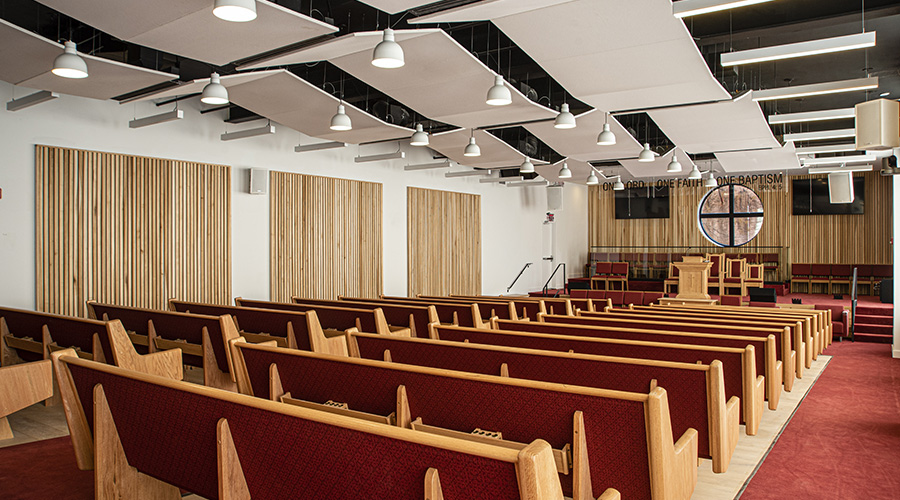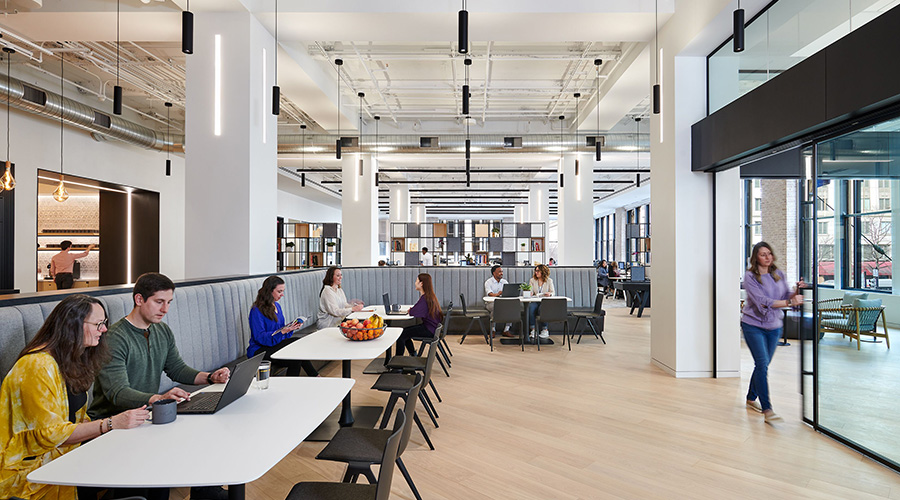Keeping Downtowns Alive with Historical Building Preservation
Acquiring and preserving historically significant properties brings a range of benefits to investors and communities.
By Annie Celentani, Contributing Writer
As shiny new institutional and commercial facilities with sought-after amenities pop up across the country, historically significant buildings hold strong in the distinct value they bring to communities and investors alike. From giving future generations a glimpse into a city’s past and protecting integral local businesses to offering attractive tax incentives to investors, historical building preservation has significant benefits.
Preserving historically significant buildings keeps the culture and character of a city alive. Revitalization Unlimited, an investment fund management firm dedicated to preserving historically significant United States real estate and legacy industrial manufacturing businesses, recently acquired the historic DeGraff Building, one of the last remaining gold-boom era landmarks in Colorado Springs, Colorado. This acquisition protects the DeGraff Building and its longtime tenant Oskar Blues Grill & Brew. Investors will benefit from the building’s stable place in the community as Colorado Springs continues to grow.
“There’s a lot of pressure to modify downtowns right now, and you lose historical and cultural significance,” says Steve Austin, Revitalization Unlimited’s CEO. “As many urban downtown centers continue to see modernization, it becomes increasingly important for these local communities to foster historical preservation through ordinances or incentives.”
Acquiring and preserving historically significant buildings safeguards authenticity and lets unique pride points of American communities thrive, but maintaining a meaningful connection to the local community following the acquisition is critical.
“These business owners don’t just want to blindly sell. They are looking for a next steward,” Austin says. Unless there is a significant demand for conversions, Revitalization Unlimited focuses on what is currently working for prospective buildings and what has worked well for those spaces in the past.
The success of acquisition and preservation depends on comprehensive analyses of potential opportunities and a solid understanding of market trends. Revitalization Unlimited’s decisions, for example, are driven by the local community, looking at prospects from a traditional real estate scope considering rent roll, underwriting, asset repositioning, and economics of both the local market and the market as a whole. It factors in eligibility for historic tax credits, condition of a building, and a building’s historic registration status.
“Part of our underwriting process is to evaluate the historical use of a property and to determine if that use is still consistent with the current trends,” Austin says. “If not, we then need to work with the local community planning departments to determine how to reposition an asset within the current zoning framework. This is often a challenging endeavor, but in our experience, it yields the most positive outcomes.”
The most challenging aspect of investing in historically significant buildings is “working through inspections to get a solid grasp on a building’s structural soundness and major components,” Austin says. “Opening renovations on an old building can be like opening Pandora's box — you never know what one small repair could lead to.”
Wise investments
Despite the many layers involved, preservation efforts are proving worth the investment. Historical commercial buildings are energy efficient and can often be modified even further without damaging a building’s character, and investors can have confidence in the building’s construction quality and materials. Tax credits, deductions and discounts create more possibilities for buyers who otherwise might have passed given current interest rates, and valuable buildings that may have been demolished at a cost to the local economy are saved.
There are investment incentives for acquiring and preserving historically significant buildings at the federal and state levels, but there is a need for more incentives at the local level for historical preservation as a whole.
“The National Register doesn’t protect buildings, it’s at a municipal level,” Austin says. “Getting something done could be easy in one city and hard in another.”
Austin advocates for the value of improving local incentives.
“We believe that while ordinances prefer legal protections to these historical assets, incentives for property owners and tenants to rehabilitate and occupy these assets drive better outcomes for the community,” he says.
Austin’s advice for those undertaking similar projects?
“Be proactive in engaging planning departments before acquiring a historical asset,” he says. “I suggest understanding whether the building has been designated as part of the National Registry of Historic Places (and) understanding any local ordinances that may preserve and protect these historical buildings. Collectively, this will give you a solid framework to evaluate if a historical building will meet your intended outcomes.”
Annie Celentani is a freelance writer based in Wauwatosa, Wisconsin.
Related Topics:











